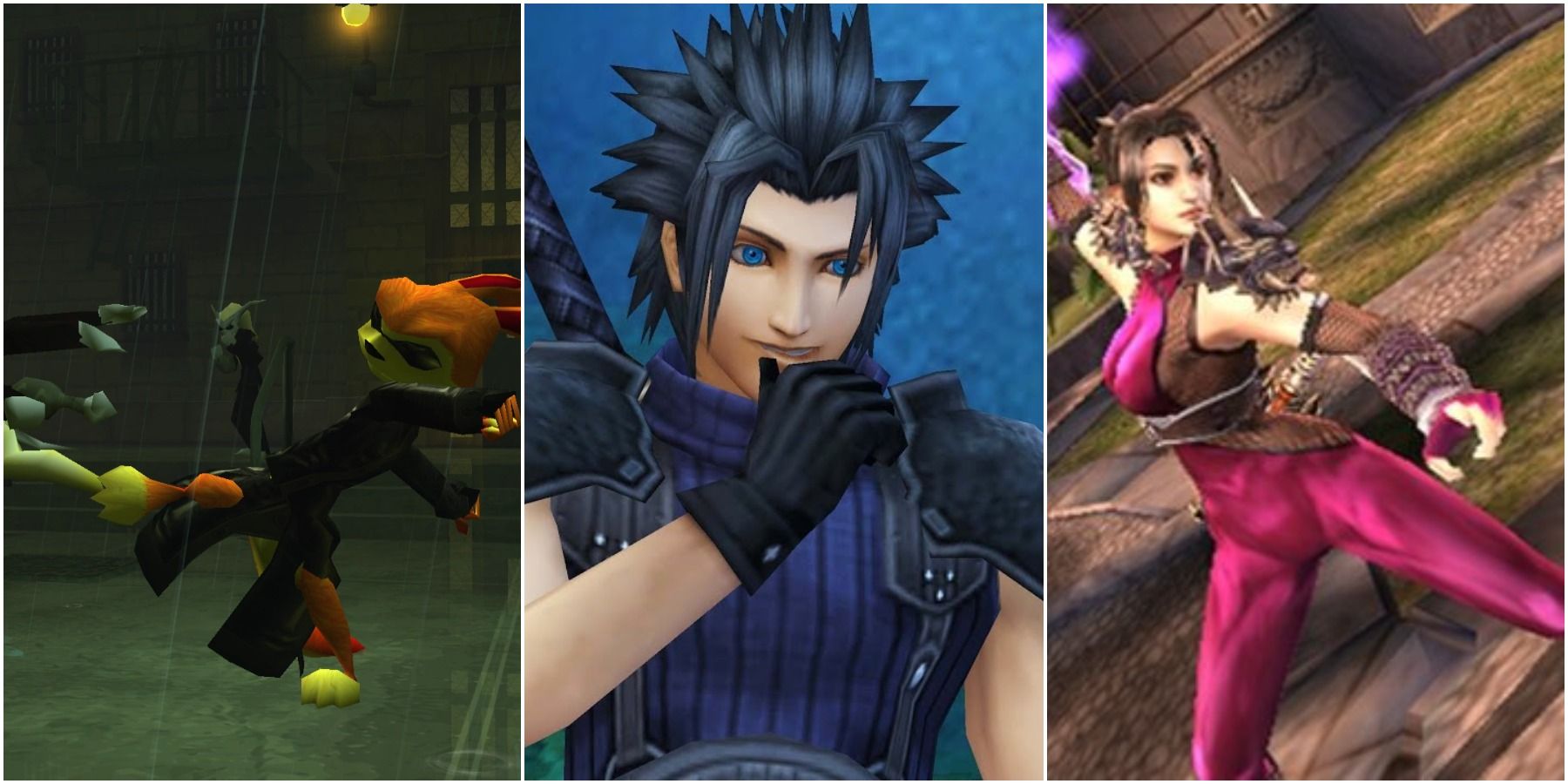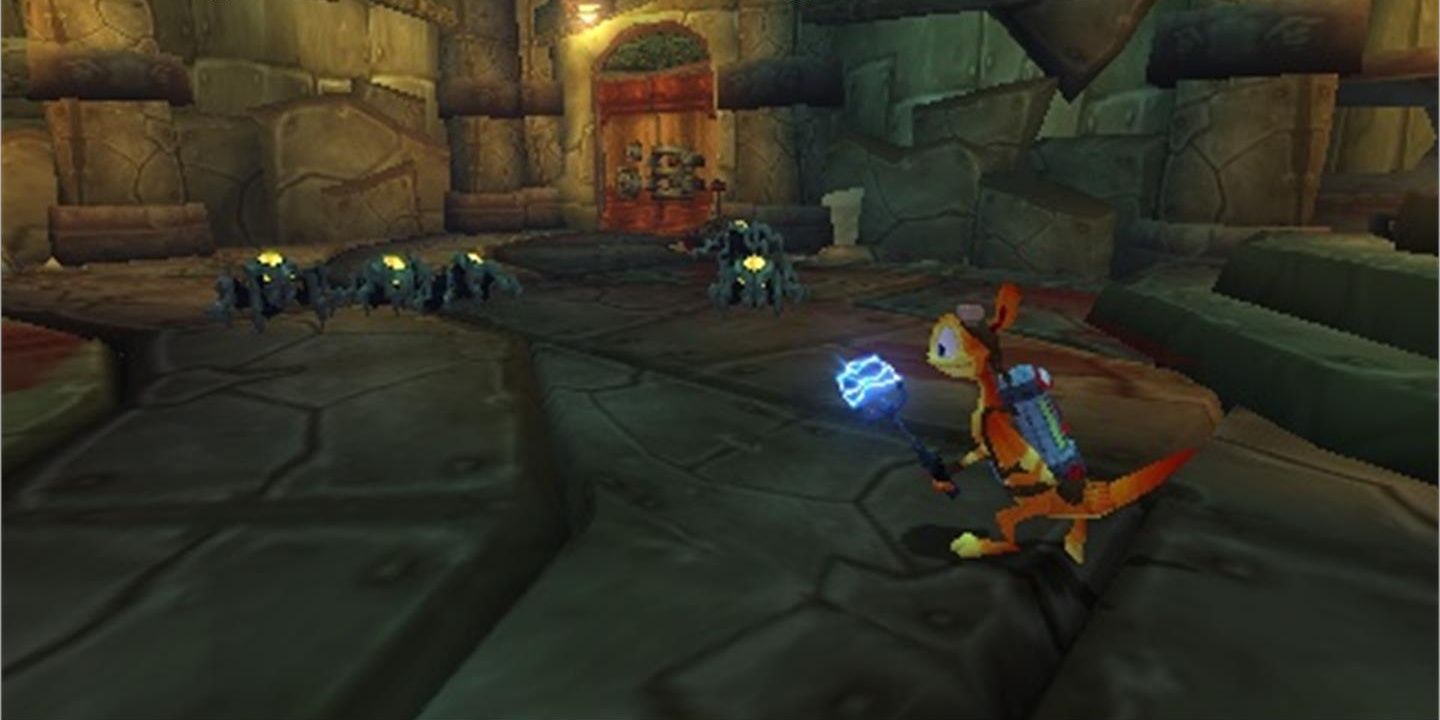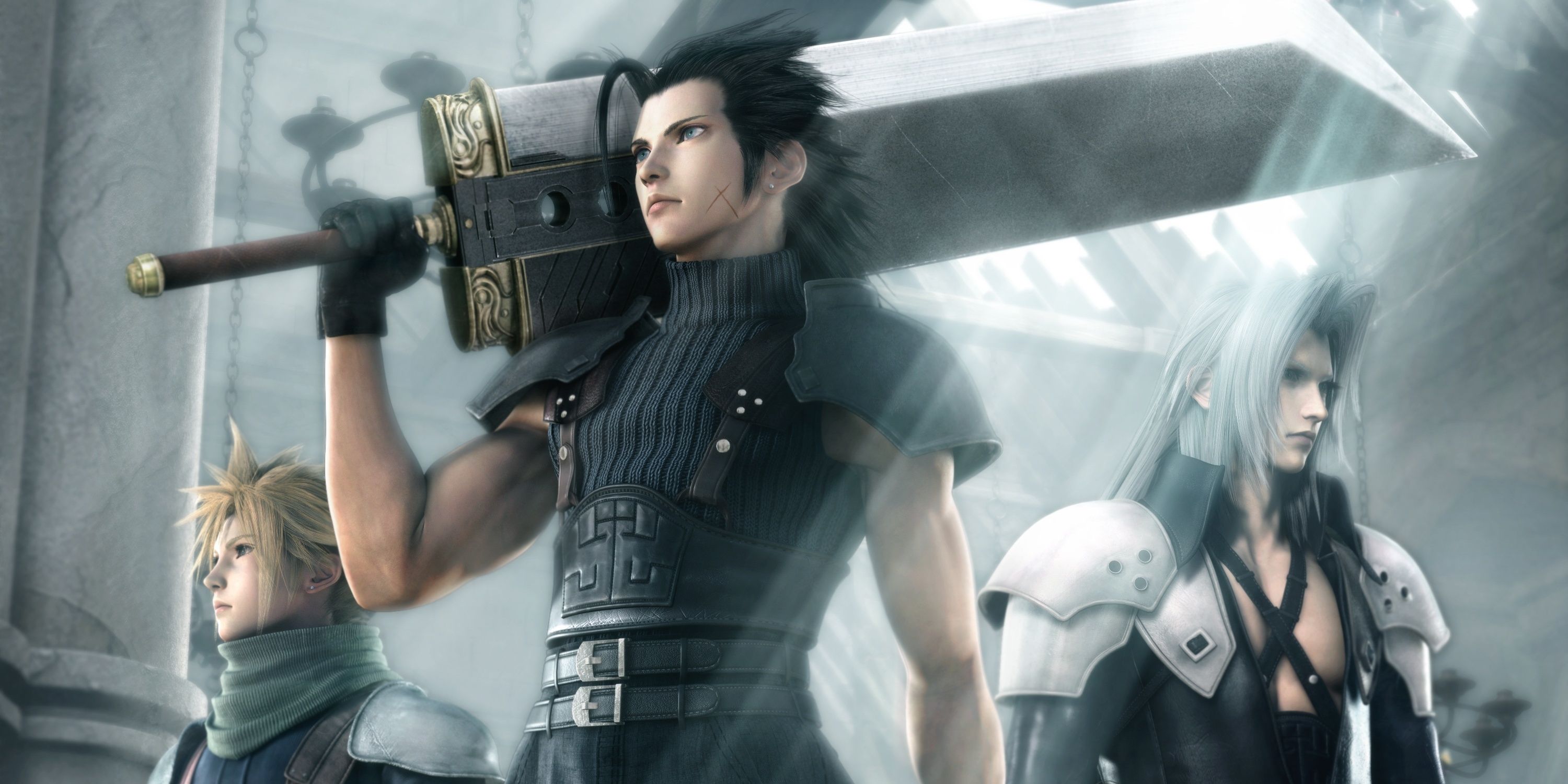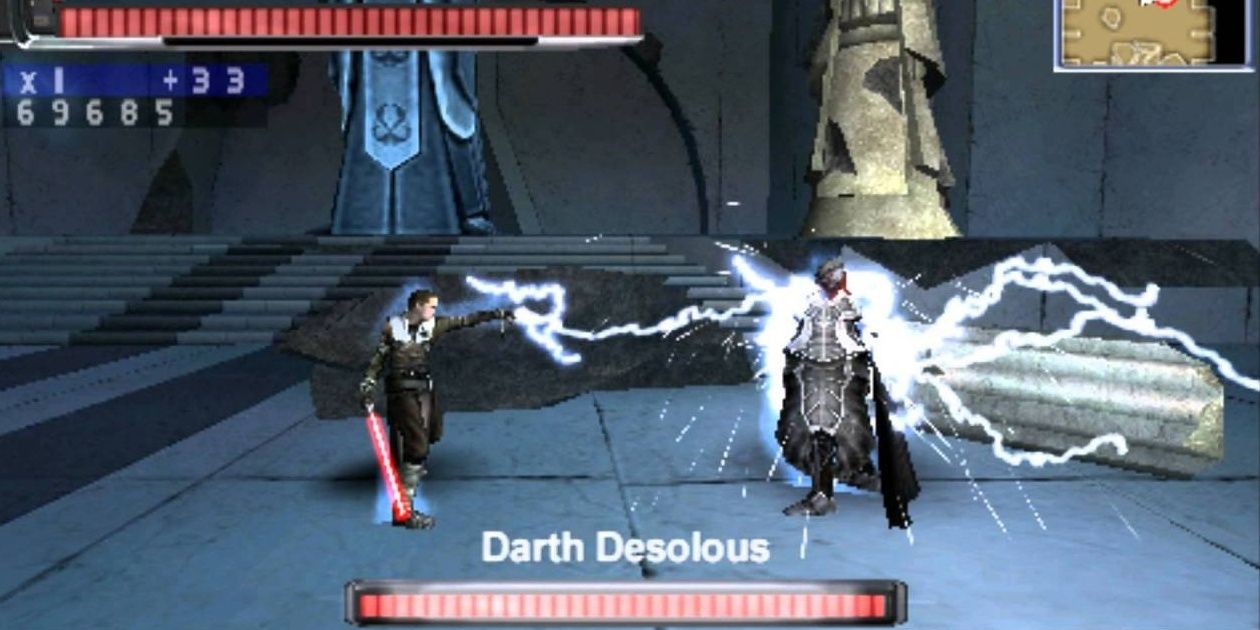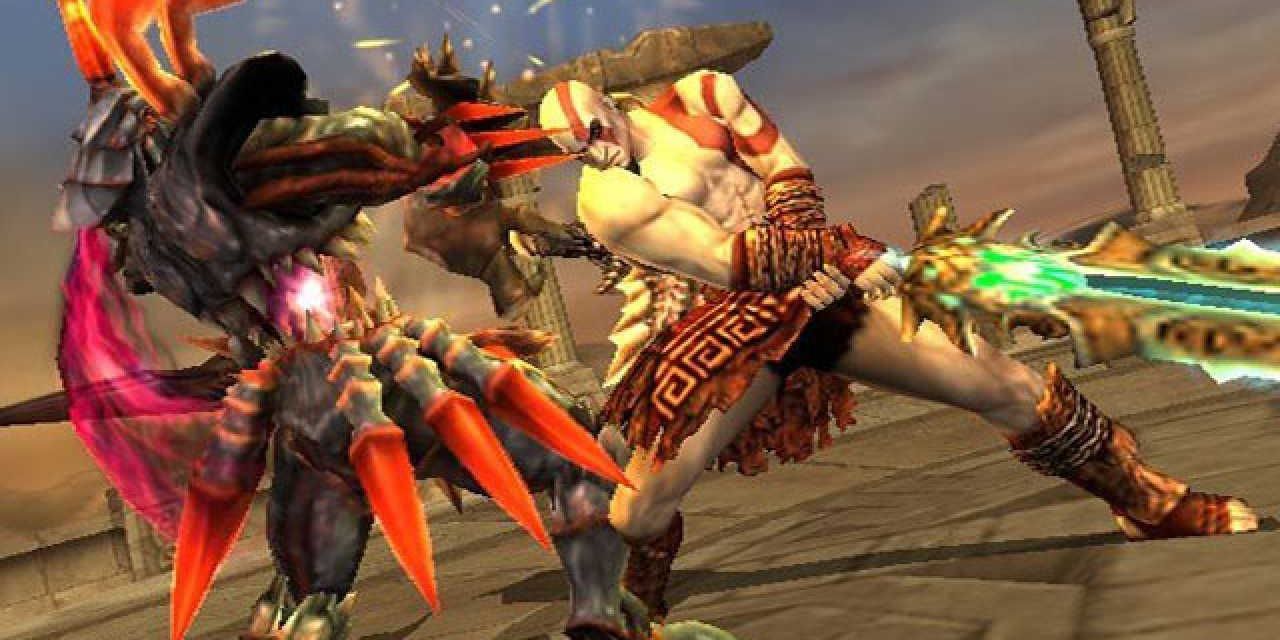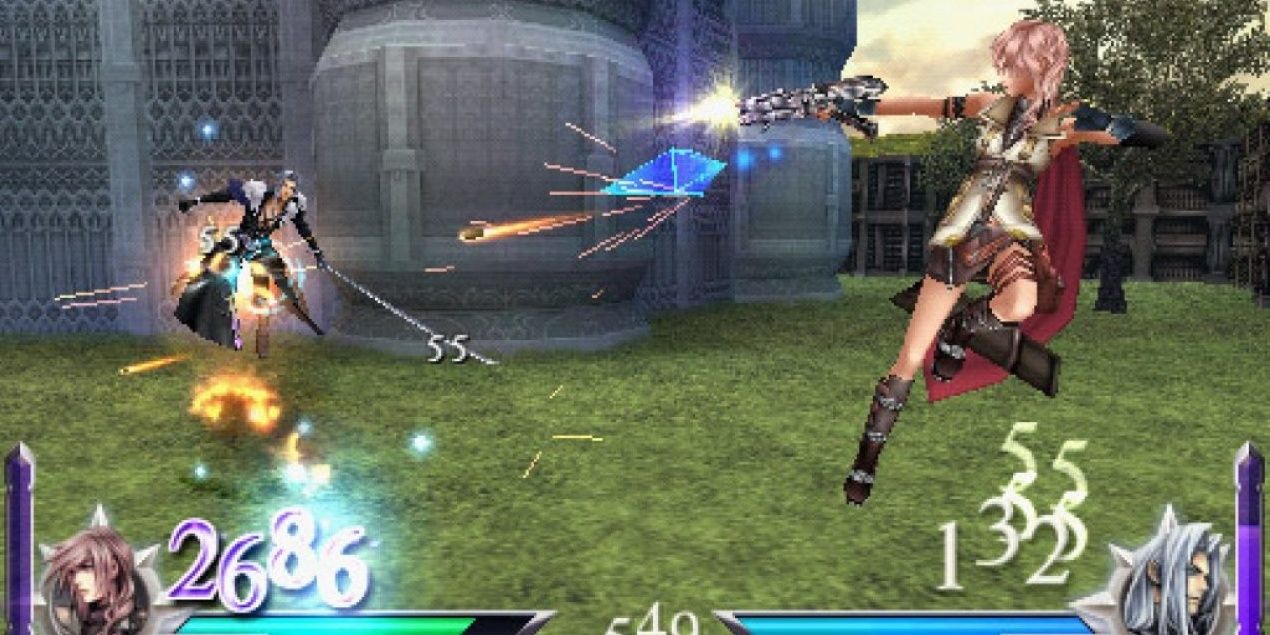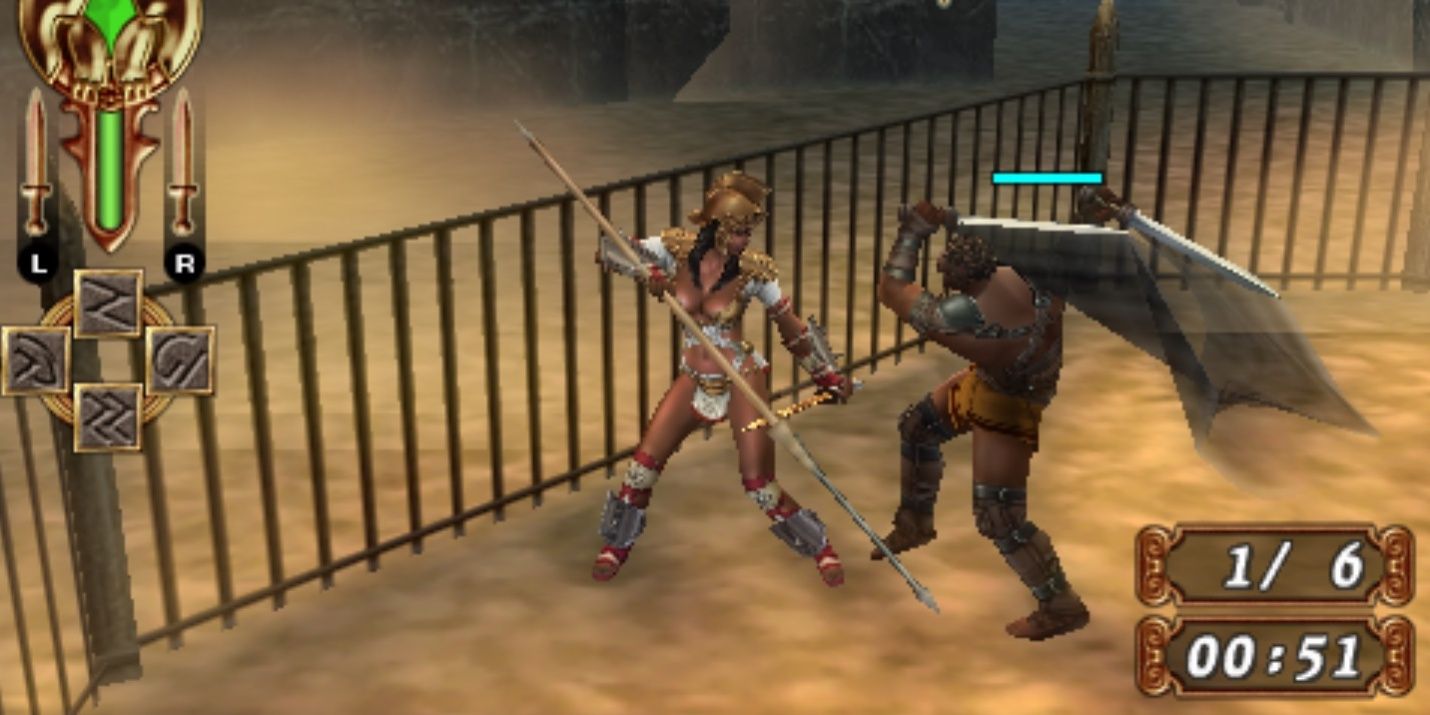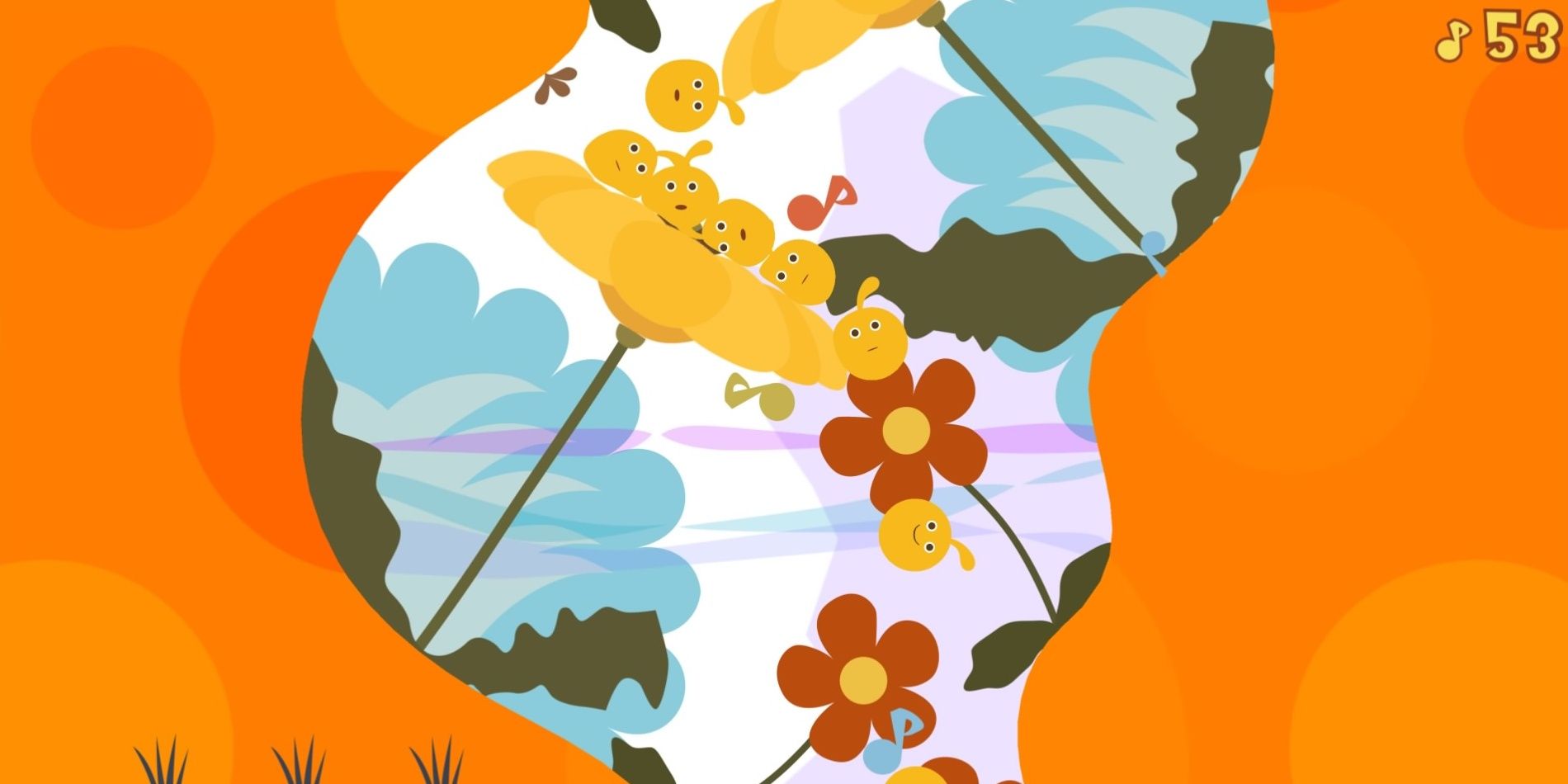The PlayStation Portable was a plucky little system. Sony's attempt at handheld gaming aimed at capturing the same thrills as their mainline PlayStation consoles, and it succeeded in many ways. Sadly, it never achieved the same popularity, often overshadowed by both its big brothers and Nintendo's portable systems.
Because of that mainstream miss, many gamers missed out on quality titles exclusive to the PSP. These games have an incredible passion put into them, and they demonstrate a mastery of the system, its strengths, and weaknesses. They deserve more recognition than they enjoyed at the time. For those players who don't want to use emulators, PS Plus Premium is a chance to catch up on these overlooked gems.
7 Daxter
This rascally rodent always served as comic relief for the Jak & Daxter games as they grew darker and more intense. Fans sometimes played as him for special sections, but few expected him to get his own spin-off. Fewer still expected it to turn out this well. Daxter is a smaller adventure which harkens back to the lighthearted platforming of the first entry. It frames the ottsel as an exterminator, and the developers use that concept creatively.
Bug spray-powered traversal is unique from the rest of the series, and the hero's miniscule size lets him showcase fresh nooks and crannies in levels both old and new. These mechanics have a mischievous charm, which carries through the whole game. It develops Daxter as a main character while maintaining the zany appeal he had as a sidekick. Not to take a cheap shot at a rival, but that's more than one can say for Secret Agent Clank.
6 Crisis Core: Final Fantasy 7
This may be the most relevant entry given the direction of Final Fantasy VII Remake. Even outside the modern context, Crisis Core has always been the sole bright spot of the FF7 spin-off collection. The gameplay appropriately toes the line between real-time and turn-based combat. It's almost a precursor to the mechanics of the aforementioned remake, and the same goes for the world. Impressively-rendered locales will be familiar to fans as Zack Fair's story weaves seamlessly into the mainline adventure. That's where the game is most successful.
Crisis Core works mainly due to its hero. Zack is an upbeat, dynamic protagonist whose enthusiasm and everyman appeal are infectious. That's not to say he's a one-note clown, as he poignantly matures throughout the narrative. Though the plot can get convoluted and pretentious, one thing it never loses is the emotional center. In the end, he emerges as one of the most engaging leads in the entire Final Fantasy franchise.
5 Star Wars: The Force Unleashed
It may not have the cinematic polish of the PS3 and Xbox 360, but the PSP version of The Force Unleashed fleshes out the experience far more. Combat and traversal have a fluidity not seen on consoles, and nowhere is this more welcome than the boss fights. Rather than pester players with scripted breaks or barriers, these battles are tense duels where anything could be a weapon. In short, it's what fans wanted from the game in the first place.
The PSP port provides that and then some, actually giving more back for your buck. In addition to regular story levels, fans can play through missions either chopped out for DLC or cut entirely. The forays into the Jedi Temple and battle through the buildings of Bespin are just a couple examples. Best of all, though are the historical missions. Exclusive to PSP, these let you tackle iconic fights from the Star Wars films with the added perk of Starkiller's insane Force abilities. This makes these familiar clashes gleefully over-the-top and gives them some much-needed novelty as a result. Such elements make The Force Unleashed on PSP more than just a simple port, and anyone downloading it will see that.
4 Soul Calibur: Broken Destiny
This is a weird chapter in Soul Calibur history since it's not a mainline entry. Thankfully, that caveat doesn't make it any less impressive. Broken Destiny basically brings Soul Calibur IV to a handheld system without condensing or neutering it. The expansive customization, diverse roster, and intuitive control scheme are all here. The only things missing are the Star Wars fighters.
Instead, Broken Destiny brings in Kratos from God of War.
His move set and aesthetic make him a much better fit than Darth Vader, Yoda, and Starkiller. On top of that, he's more suited to the weapon-based battles of Soul Calibur than the hand-to-hand antics of Mortal Kombat (his previous guest appearance). His presence amidst the already-strong framework might keep fans happy during the long wait between installments.
3 Dissidia: Final Fantasy 012
When picturing Final Fantasy crossovers, most players point to the odd gust spot in Kingdom Hearts. The Dissidia games put the JRPG icons center stage, bringing heroes and villains from most of the series together for one royal rumble. It's strange to position a role-playing franchise like Final Fantasy as a fighting game, but it turns out to be a pretty good match. The game sports a unique combat system which balances flash and substance. The robust customization provides that substance. Players can tailor each fighter how they like with unlockable moves, costumes, music tracks, and more. Mastering these tools leads to all the dream team-ups that fans could want.
The sequel--Dissidia 012--gives those fans two games for the price of one. It not only has a new campaign with characters left out of the previous one, but also includes that first game in its entirety. What's more is that it comes with updated features like assists, side stories, and a revamped world map. This wealth of content is sure to please any Final Fantasy aficionados who need their fighting fix, especially given how disappointing the recent Dissidia NT arcade title was.
2 Gladiator Begins
The title says it all. This little-known gem has all the thrill and complexity of being a gladiator in the Roman Empire without any of the misery. Players can simply bask in the glory of battle. That's all they do throughout, but even that gameplay loop has plenty of variety.
That variety comes from molding one's gladiator from the ground up. Players unlock several weapon types, and those different weapons lead to different fighting styles. As they conquer the arena, they earn acclaim and rewards. They then use these luxuries to further empower their warriors. Sure, it gets monotonous after a while, but it's still one of the deeper gladiator experiences in the gaming market.
1 LocoRoco 2
Yes, it's a game about a blob. Players roll the little LocoRocos through a plethora of environments. On paper, it sounds like a boring slog. The crippling simplicity should prevent it from working on any level. Luckily, that humble foundation is a solid one. It means the developers can build on it in small yet meaningful ways to create some addictive gameplay. Each level comes with its own set of perks and challenges to LocoRoco's locomotion. Players must make the blobs bigger, separate them into droplets, or manipulate them in other ways.
They accomplish this with a snappy pinball/ rotational control scheme strengthened by the system's portable layout. It's not unlike the ingenuity found in artistic Vita titles like Tearaway. That's truly felt as LocoRoco tumbles through countless environments teeming with life and vibrant colors. The sequel gives players even more of this beyond the main journey, sweetening the deal with minigames and other features using the aforementioned physics. All of this stands as proof that "simple" is no bad thing.

